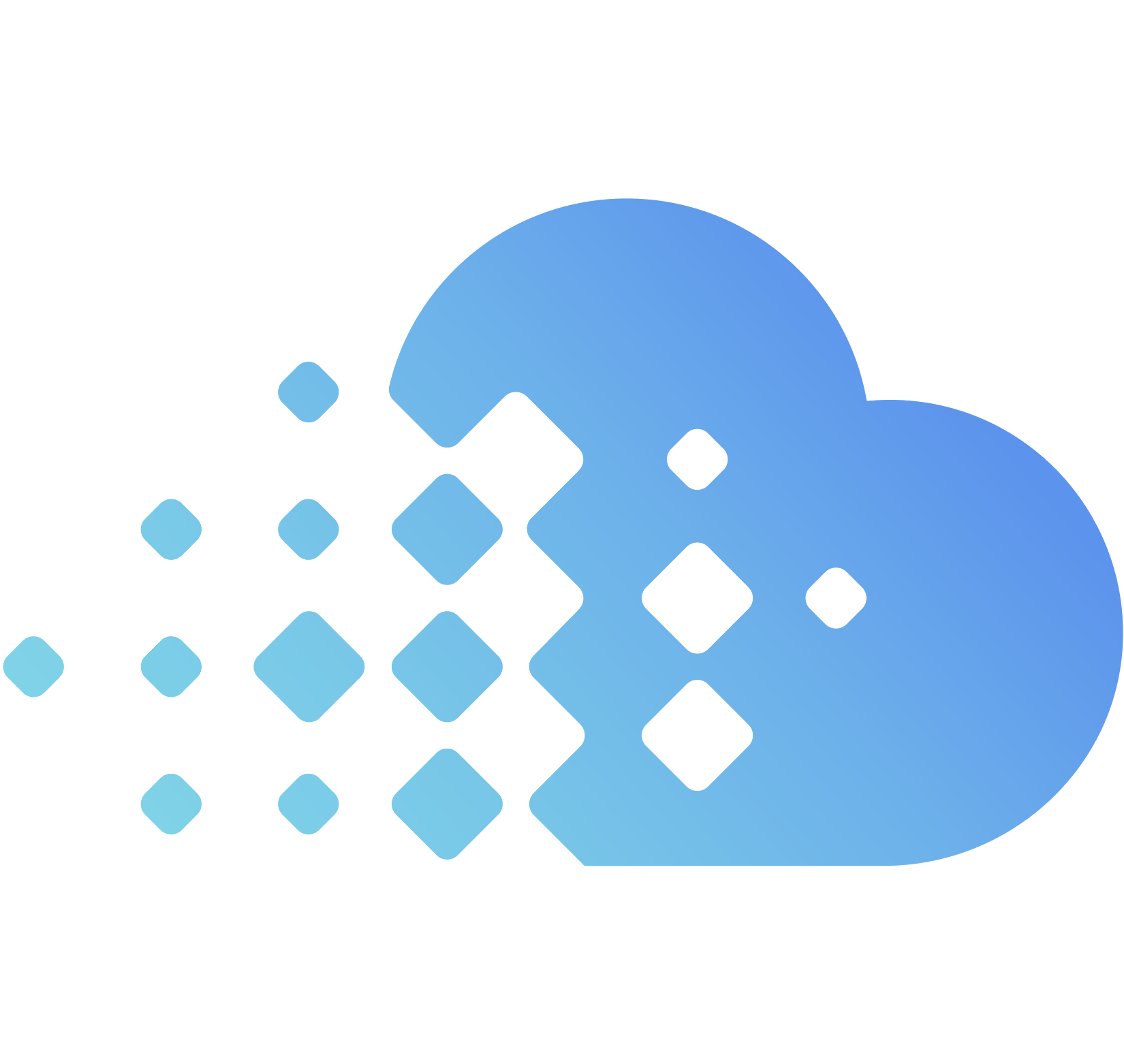Introduction
Lately, I’ve been knee-deep in Custom Vision, exploring its intricacies and unlocking its potential. It’s fascinating how this technology enables us to train machine learning models to recognize and classify images according to our specific needs. In this article, I want to share my journey and insights into Custom Vision, breaking down its technical aspects to help others delve into this exciting realm of computer vision.
Understanding Custom Vision: Custom Vision isn’t just another buzzword; it’s a game-changer in the world of image recognition. Imagine having the power to fine-tune machine learning models to perfectly suit your project requirements. That’s what Custom Vision offers – the ability to train models tailored precisely to your needs, enhancing accuracy and relevance like never before.
The image at the top of this post is an image shows a model I trained to deal with a high amount of overlap, capable of accurately identifying people, it took me only a day to get to extremely satisfactory results, it can also detect different kinds of vehacles and other object i wanted to find in the images sent.
It is worth noting that this is just part of the project I worked on, that included the extraction of images from a video stream, sending them to Azure through an API, and then processing the extracted results.
Components of Custom Vision
At the heart of Custom Vision lie several key components that work together seamlessly:
- Training Data: The fuel for any machine learning engine, training data is crucial. With Custom Vision, you can curate and annotate your dataset, ensuring it reflects the diversity and nuances of your recognition task.
- Model Architecture: Think of this as the blueprint of your AI brain. Custom Vision harnesses convolutional neural networks (CNNs), specially designed for image recognition tasks, to process and analyze data efficiently.
- Training Algorithm: Under the hood, sophisticated optimization algorithms fine-tune your model iteratively, minimizing errors and maximizing accuracy.
- Hyperparameter Tuning: These are like the knobs and dials of your model, tweaking settings such as learning rate and batch size to achieve optimal performance.
Workflow of Custom Vision:
Embarking on a Custom Vision project involves a well-defined workflow:
- Data Collection and Preparation: Gather your troops – in this case, your labeled images – and prep them for battle. Custom Vision provides tools to organize and augment your data, ensuring it’s primed for training.
- Model Training: With your dataset ready, it’s time to fire up the training process. Custom Vision lets you configure your model, select architectures, and fine-tune settings for optimal results.
- Evaluation and Iteration: Train, test, tweak, repeat. Evaluate your model’s performance, fine-tune parameters, and iterate until you’re satisfied with the results.
- Deployment and Inference: Once your model is battle-tested and ready for action, deploy it into the real world. Custom Vision offers APIs and SDKs for seamless integration into your applications, whether it’s a mobile app or an IoT device.
Challenges and Considerations:
Of course, no journey is without its challenges:
- Data Quality: Garbage in, garbage out. Ensuring your training data is high-quality and diverse is paramount for model success.
- Computational Resources: Training deep learning models can be resource-intensive, requiring sufficient computing power and infrastructure.
- Model Interpretability: Understanding how your model makes decisions and uncovering biases is essential for ethical deployment.
Conclusion:
Custom Vision isn’t just a tool; it’s a gateway to endless possibilities in image recognition. By understanding its components, navigating its workflow, and tackling associated challenges head-on, we can harness its full potential and drive innovation in the field of computer vision.
If you need professional help or have an interesting project to pitch in the field of computer vision, feel free to contact me on my LinkedIn page
You might be interested in reading this article called – Azure Custom Vision: Building Recognition in Low-Density Population Areas


No responses yet